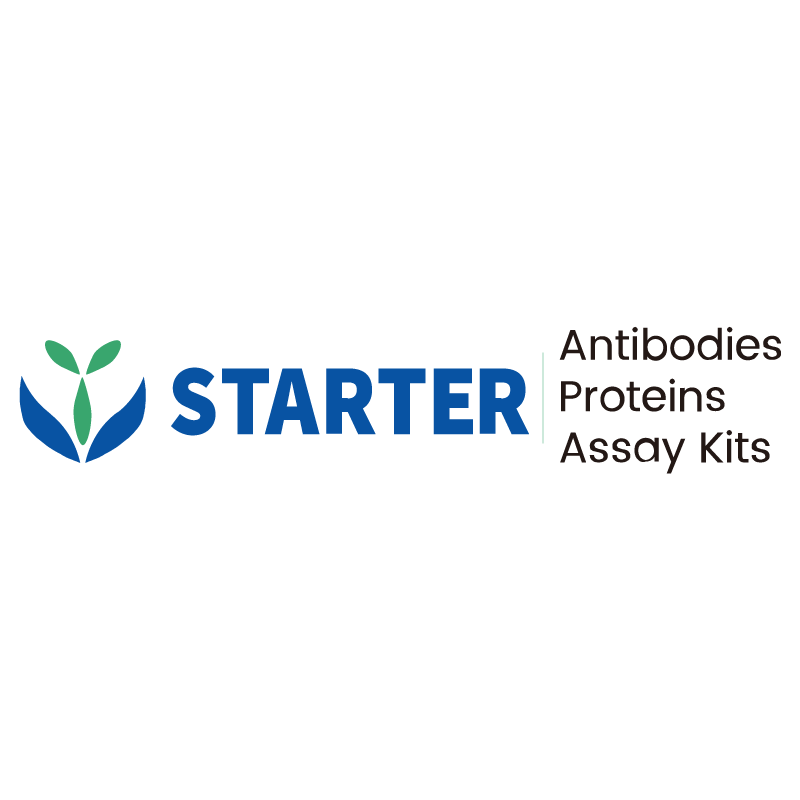Flow cytometric analysis of Human CD105 expression on HeLa cells. Cells from the HeLa (Human cervix adenocarcinoma epithelial cell, Right) or Jurkat (Human T cell leukemia T lymphocyte, Left) cell line was stained with either APC Mouse IgG2b, κ Isotype Control (Black line histogram) or SDT APC Mouse Anti-Human CD105 antibody (Red line histogram) at 5μl/test, cells without incubation with primary antibody and secondary antibody (Blue line histogram) was used as unlabelled control. Flow cytometry and data analysis were performed using BD FACSymphony™ A1 and FlowJo™ software.
Product Details
Product Details
Product Specification
| Host | Mouse |
| Antigen | CD105 |
| Synonyms | Endoglin; END; ENG |
| Immunogen | Recombinant Protein |
| Location | Cell membrane |
| Accession | P17813 |
| Clone Number | S-837-10 |
| Antibody Type | Mouse mAb |
| Isotype | IgG2b,k |
| Application | FCM |
| Reactivity | Hu |
| Positive Sample | HeLa |
| Purification | Protein A |
| Concentration | 0.05mg/ml |
| Conjugation | APC |
| Physical Appearance | Liquid |
| Storage Buffer | PBS, 1% BSA, 0.3% Proclin 300 |
| Stability & Storage | 12 months from date of receipt / reconstitution, 2 to 8 °C as supplied. |
Dilution
| application | dilution | species |
| FCM | 5μl per million cells in 100μl volume | Hu |
Background
CD105, also known as endoglin, is a type I transmembrane glycoprotein predominantly expressed on endothelial cells and serves as an accessory receptor for the transforming growth factor-beta (TGF-β) superfamily. It plays a crucial role in angiogenesis, making it a key factor in tumor growth, survival, and metastasis. Structurally, CD105 is a homodimeric protein with a large extracellular domain, a hydrophobic transmembrane region, and a short cytoplasmic tail. Its expression is upregulated in proliferating endothelial cells, especially in tumor vessels, inflamed tissues, and during embryogenesis. Mutations in the CD105 gene are associated with hereditary hemorrhagic telangiectasia (HHT), a disorder characterized by abnormal blood vessel formation. Due to its involvement in angiogenesis, CD105 has emerged as a potential therapeutic target for cancer treatment.
Picture
Picture
FC


